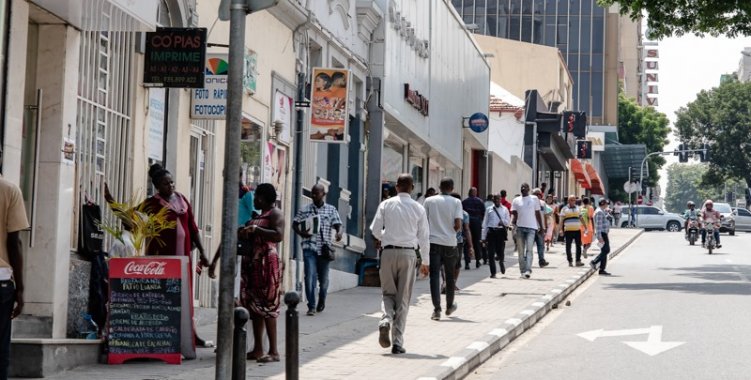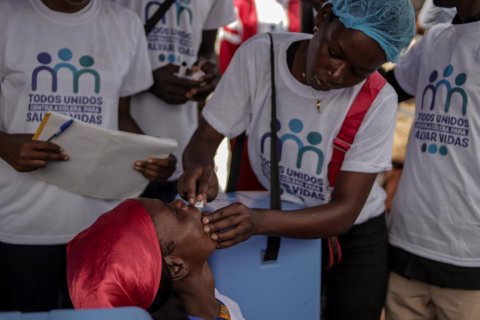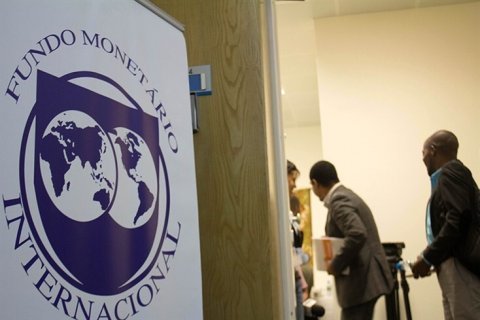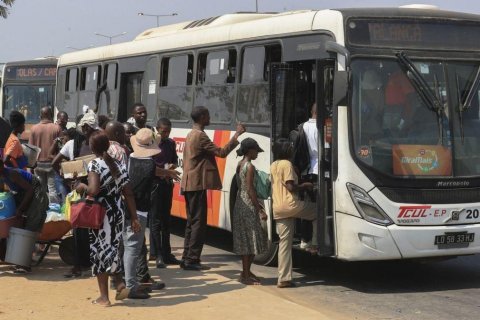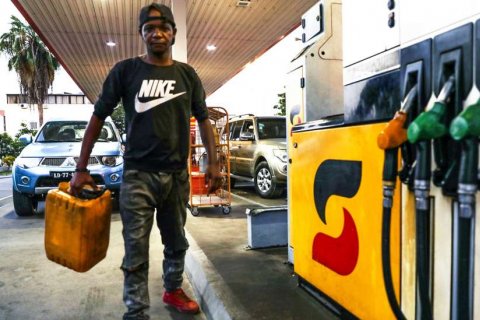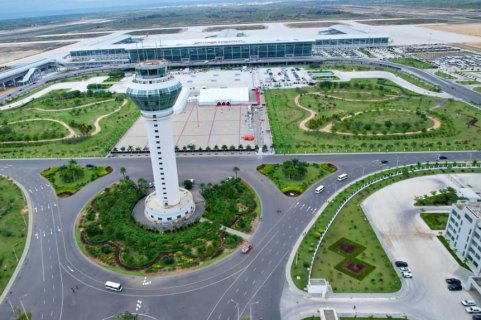"At the end of the fiscal year, which ended in June, we had a record year in all aspects, with many projects and a lot of innovation, worth 14.2 billion dollars, which compares with the 10 billion dollars of the year that ended in June 2023, whereas five or six years ago we were making three or four million dollars per year, so it is a big quantitative leap", considered Sérgio Pimenta.
In an interview with Lusa in Lisbon, where the entire IFC board for Africa met last week, Sérgio Pimenta stressed that more important than the amount invested by this World Bank Group entity dedicated to supporting private sector investments, is the amount it is able to mobilize.
"We are increasingly mobilizing private capital to finance companies and development in Africa, and for every dollar we invest, we mobilize 1.4 dollars in financing from partners who, without us and our support and help, would not come to the continent," explains the official who has been the IFC's vice-president for Africa for the past seven years.
In the year ending in June, the IFC mobilized 196 million dollars in investments in Portuguese-speaking African Countries (PALOP).
Of this amount, about half was channeled to Cape Verde, where this World Bank entity invested 98 million dollars, divided between Transportation and Storage (71 million dollars) and Accommodation and Tourism Services (27 million dollars).
Mozambique followed, with a total of 86 million dollars, divided between the financial and insurance sector (61 million dollars) and public transportation vehicles (25 million dollars).
Angola, with 8 million dollars for an investment in public transport, and São Tomé and Príncipe, with 3 million dollars channelled to an electricity project, complete the range of PALOP countries that received financing, with Guinea-Bissau and Equatorial Guinea being left out this year.
Asked about the areas where the IFC is investing most in Africa, simultaneously following and fostering the private sector's appetite, Sérgio Pimenta highlighted energy infrastructure, transport and telecommunications.
"Every year the percentage of financing for telecommunications is higher", he highlighted, whether in the installation of fibre optics, communication towers or even telecommunications companies that take advantage of the ease of accessing financing via mobile phone.
The focus on women, who "were disproportionately affected during the pandemic", is another of the IFC's priorities, especially because "from a banking perspective, the risk of non-payment is much lower for women".
But also from a strategic point of view, "the gender issue is very important, and the socioeconomic development of African women is very important, mainly because the financing deficit is much greater for women than for men," he said.

